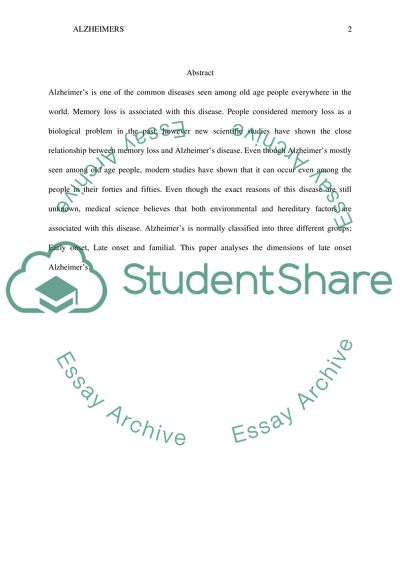Cite this document
(“Pathophysiology of Late Onset Alzheimer's Disease Research Paper”, n.d.)
Retrieved from https://studentshare.org/nursing/1460033-pathophysiology-of-late-onset-alzheimer-s-disease
Retrieved from https://studentshare.org/nursing/1460033-pathophysiology-of-late-onset-alzheimer-s-disease
(Pathophysiology of Late Onset Alzheimer'S Disease Research Paper)
https://studentshare.org/nursing/1460033-pathophysiology-of-late-onset-alzheimer-s-disease.
https://studentshare.org/nursing/1460033-pathophysiology-of-late-onset-alzheimer-s-disease.
“Pathophysiology of Late Onset Alzheimer'S Disease Research Paper”, n.d. https://studentshare.org/nursing/1460033-pathophysiology-of-late-onset-alzheimer-s-disease.


